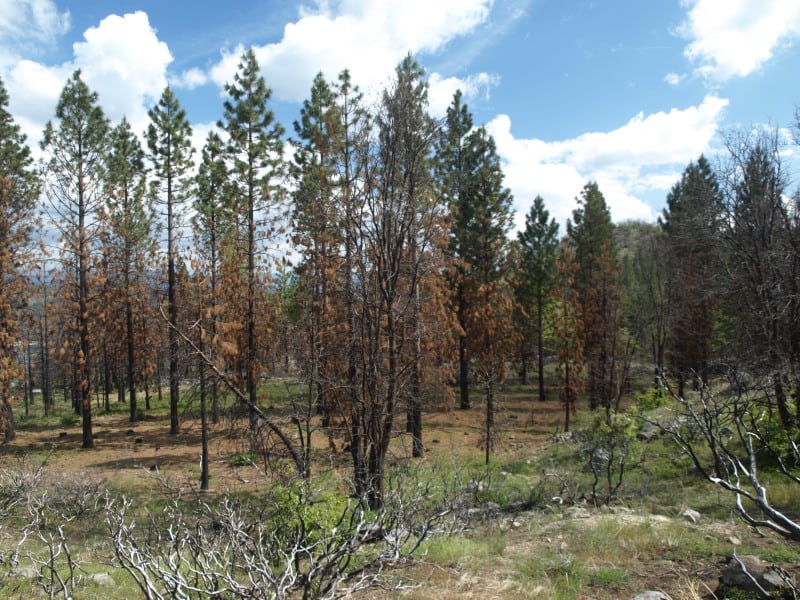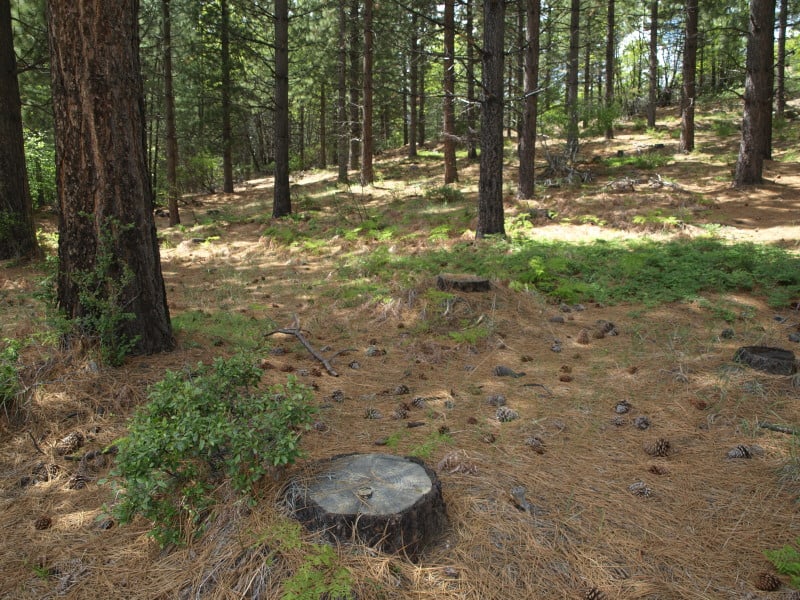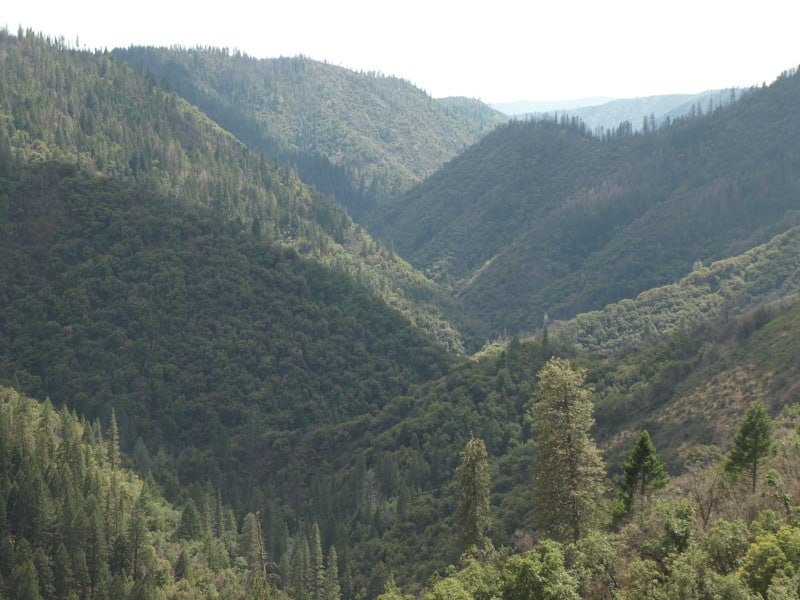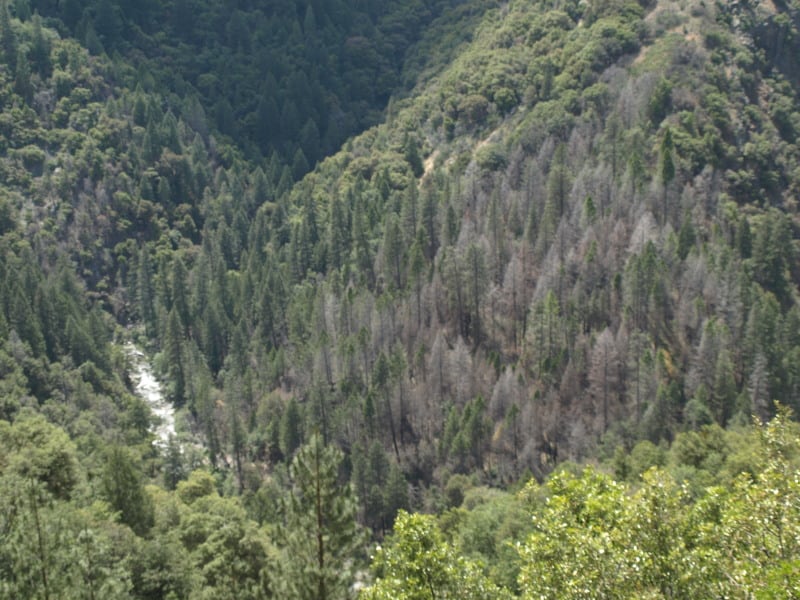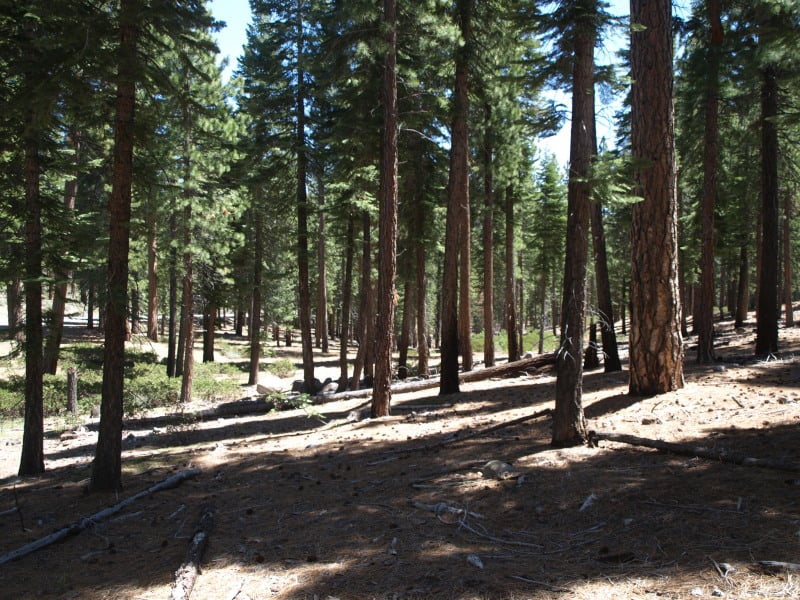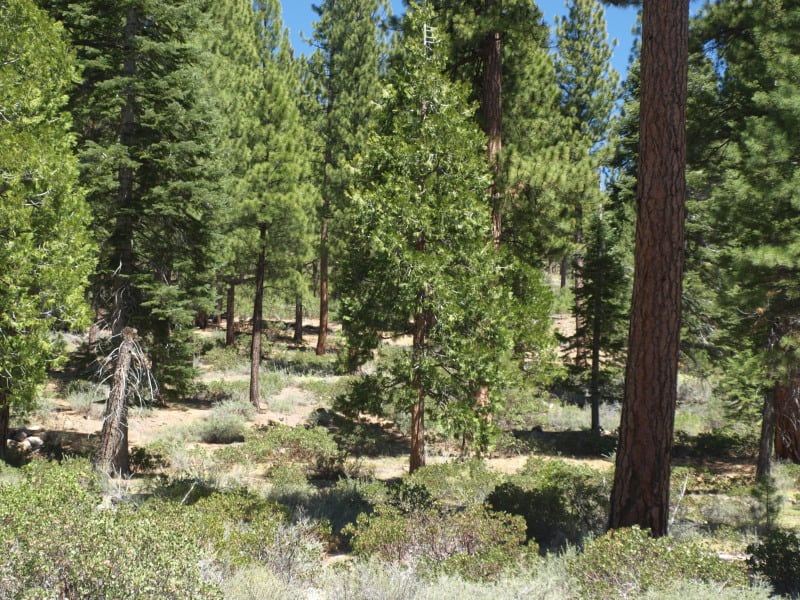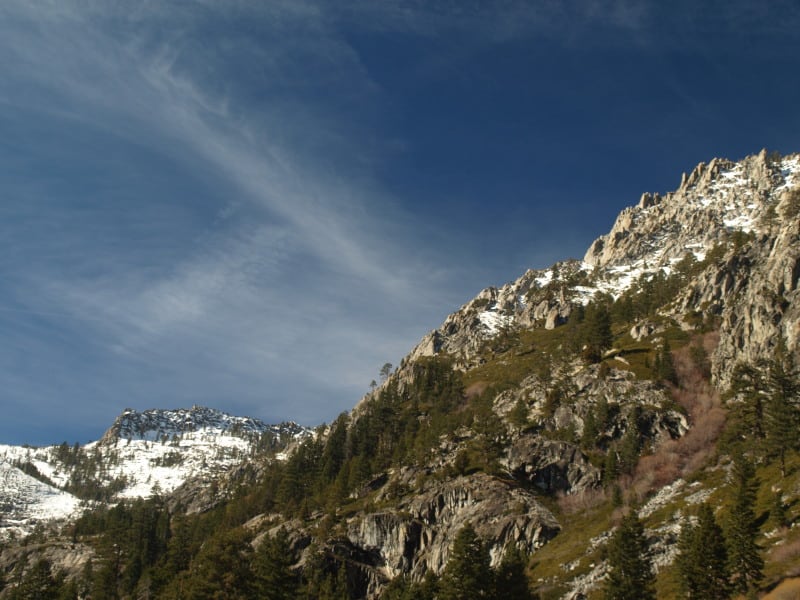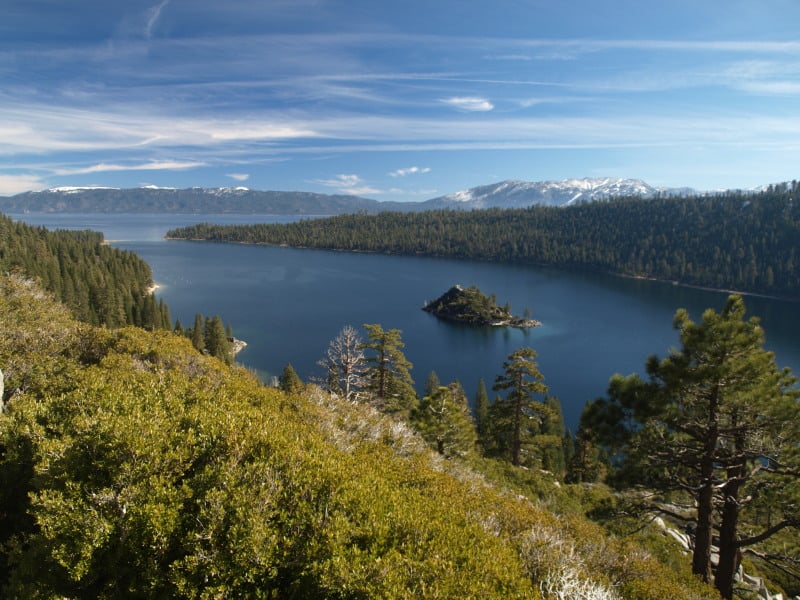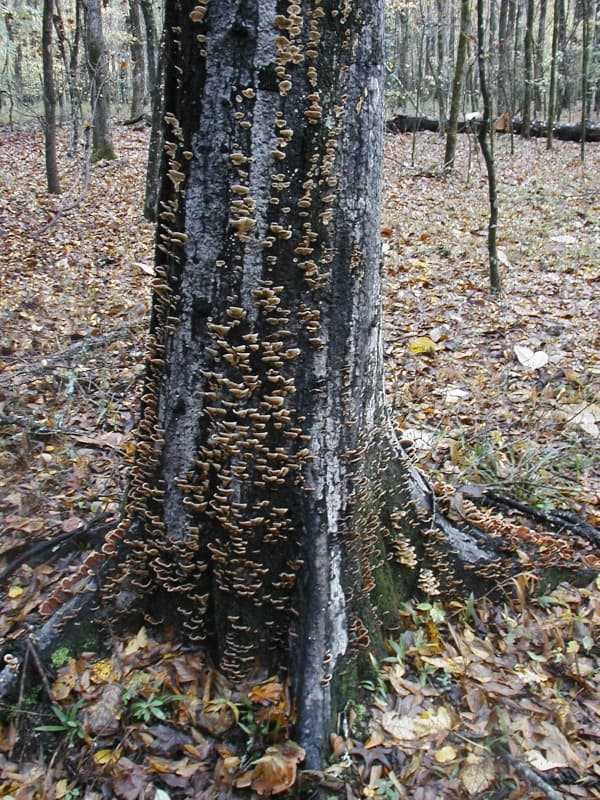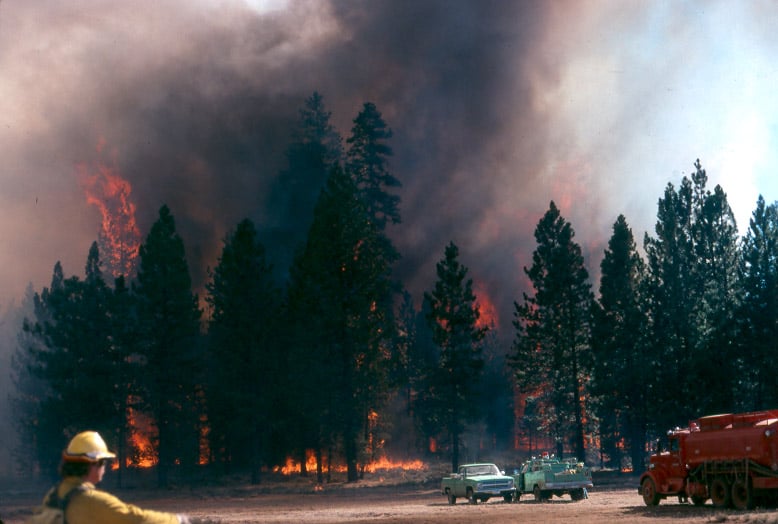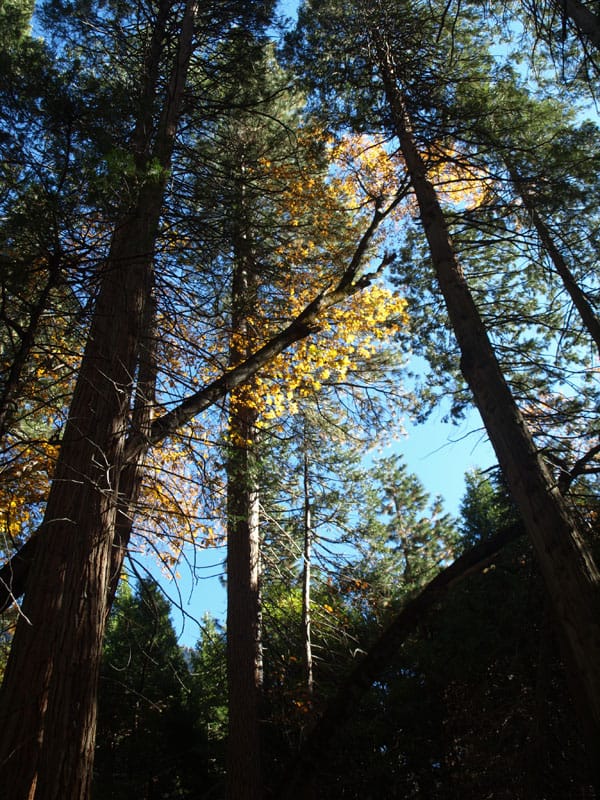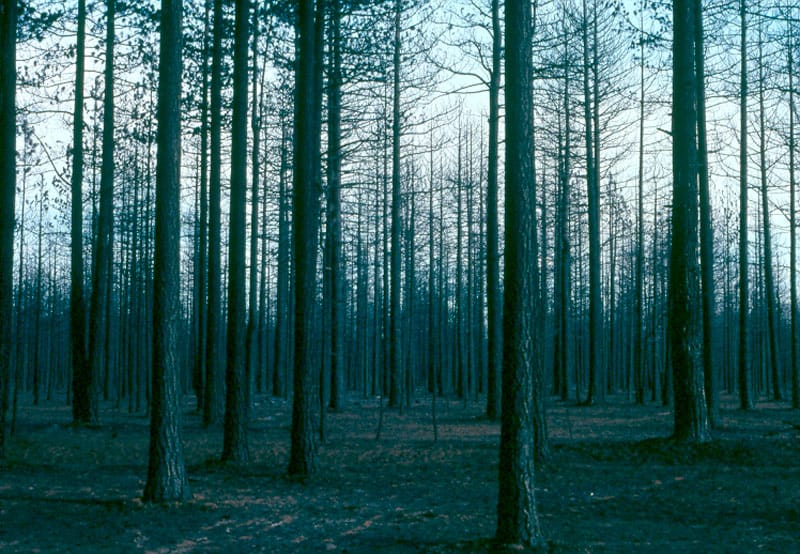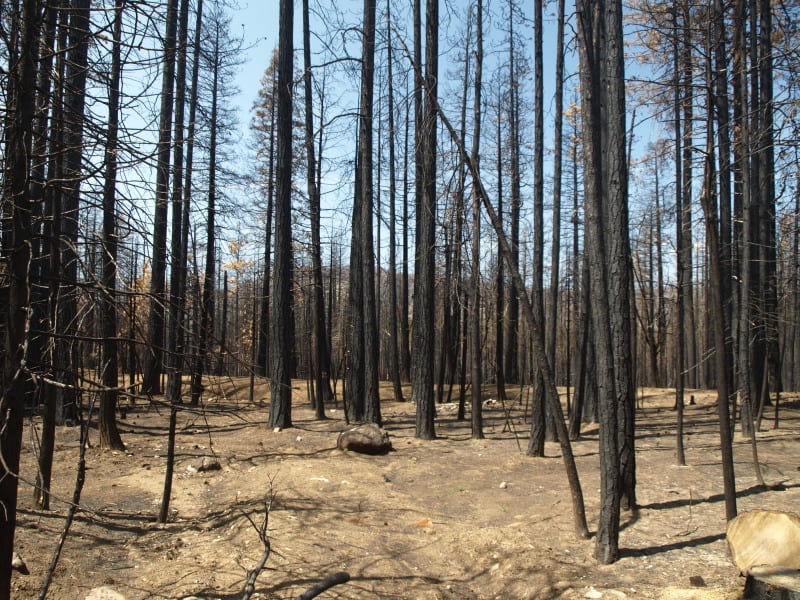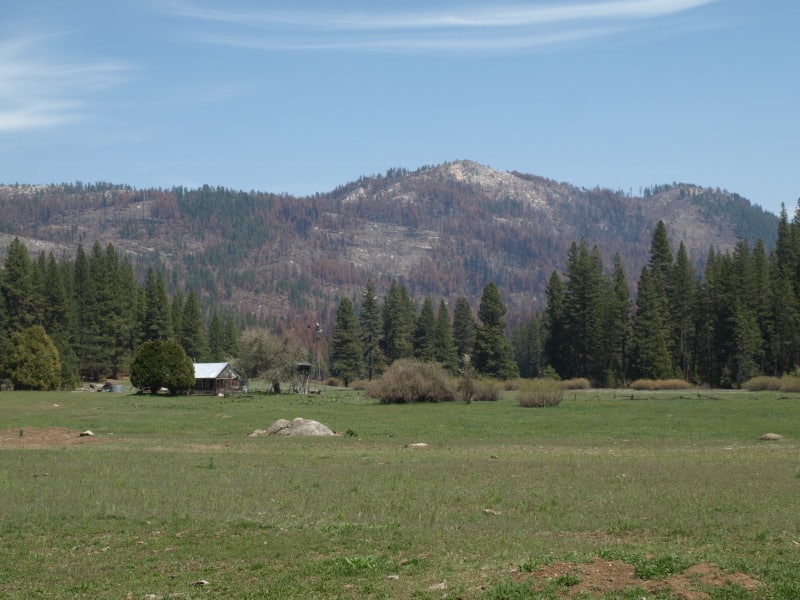Timber industry people who don’t trust forest collaboration believe that those of us who participate in collaboratives are sleeping with the enemy. Environmentalists who would rather sue than participate in collaboratives think that environmentalists who collaborate with us are sleeping with the enemy. So it’s unanimous. We’re sleeping with our enemies. I don’t care what our critics think. Collaborative groups, ours included, are solving political problems that should never have become political problems, and those problems are the reason why our forests are dying and burning before our very eyes. So if you really want to know what collaboration is all about, it’s about protecting forests from the ravages of nature, not just for our benefit, but also for the benefit of future generations.
Duane Vaagen, Chief Executive Officer
Vaagen Brothers Lumber Company, Colville, Washington
http://www.evergreenmagazine.com/forest-collaboration-in-northeast-washington-part-1-duane-vaagen/
Larry’s note: Sent to me from a reader, this points out the, maybe, necessary mistrust at this part of the collaborative journey. We need all sides to embrace full transparency, so that the public at-large can more accurately form a better-educated opinion of the compromises that might work, for those site-specific conditions. I do think that the tables are turning, in favor of more active management and stewardship. I do think this summer’s fire season might convince a few more people, too.



